
“The Society could not help but to come into existence.”
– Joseph Richards, 1st ECS president
This spring, The Electrochemical Society will be 115 years old.
A 115th anniversary is not a milestone that normally warrants celebration but today, more than ever, we need to support science, scientists, and the core values that make our community strong.
For over a century ECS has adhered to the principles expressed by Joseph Richards, the Society’s first president, in the Transactions introduction from the Society’s first meeting:


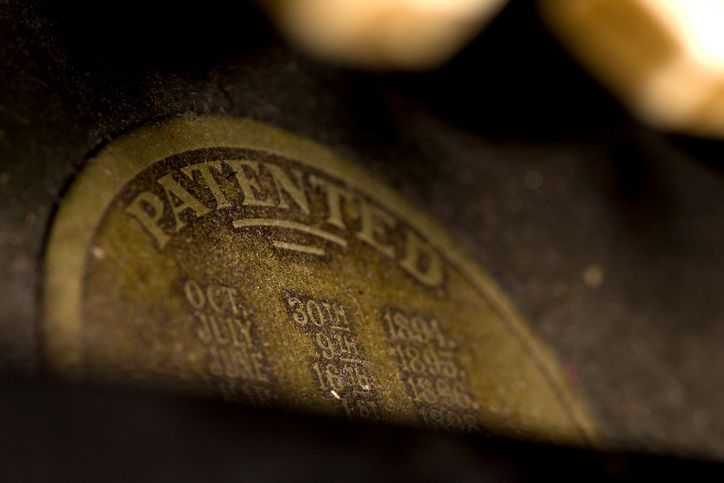 America has long been the land of innovation. More than 13,000 years ago, the Clovis people created what many call the “
America has long been the land of innovation. More than 13,000 years ago, the Clovis people created what many call the “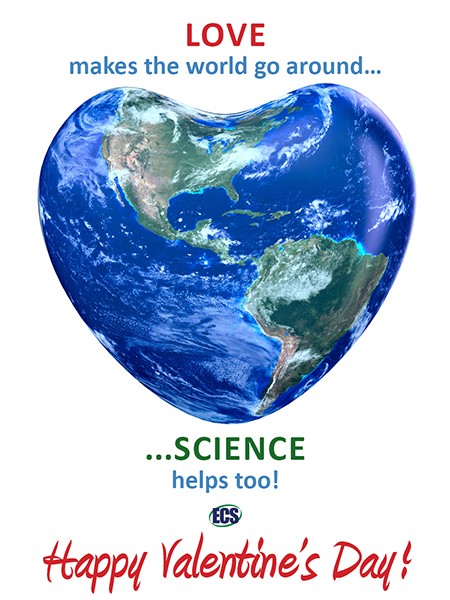
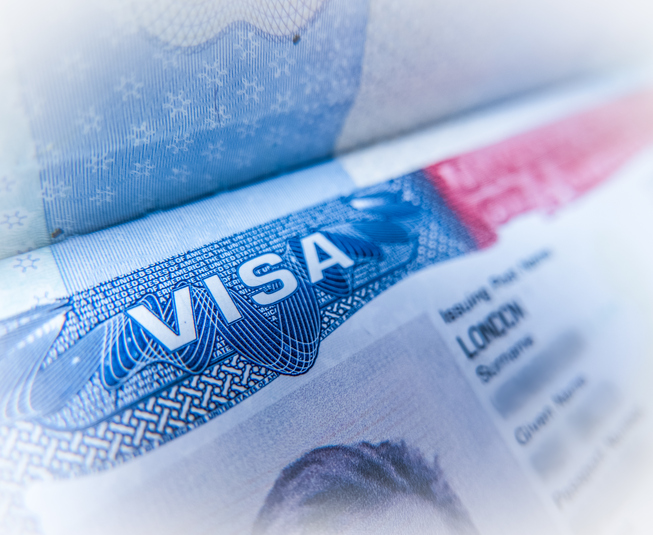 The American Association for the Advancement of Science (AAAS) is calling on U.S. President Donald Trump to work with the world’s largest scientific organization to ensure the free flow of scientific talent from around the world.
The American Association for the Advancement of Science (AAAS) is calling on U.S. President Donald Trump to work with the world’s largest scientific organization to ensure the free flow of scientific talent from around the world.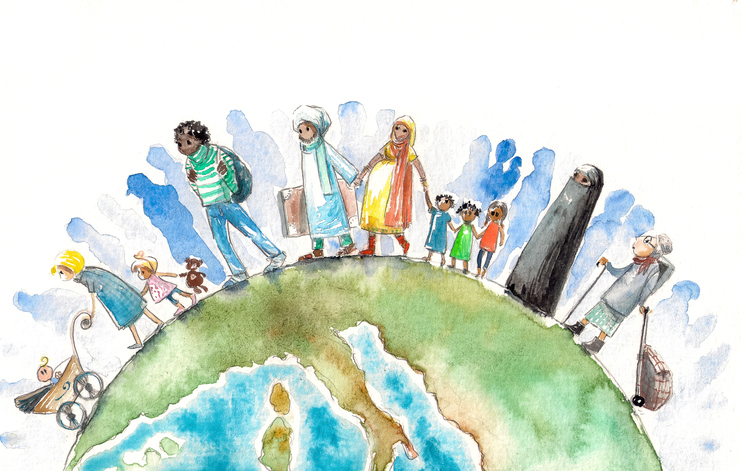 More than 12,000 academics, including 40 Nobel laureates, have added their names to an
More than 12,000 academics, including 40 Nobel laureates, have added their names to an 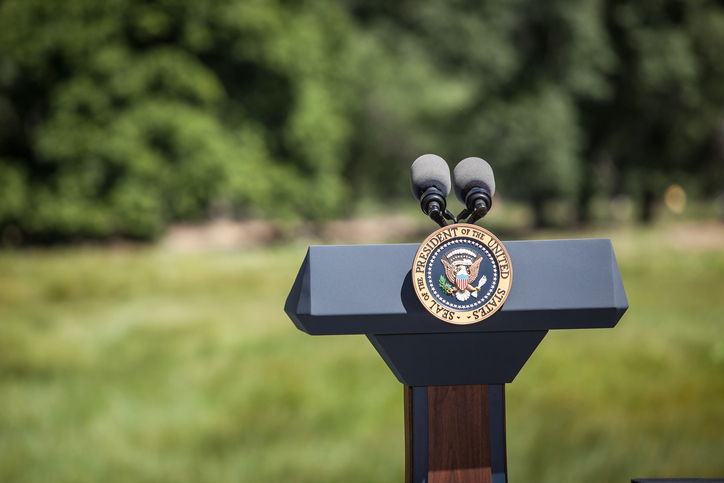 While not the only source of science, government funded research plays a huge role in the lives of many individuals. From something as simple as the weather apps underpinned by the National Weather Service to the Food and Drug Administration’s work on
While not the only source of science, government funded research plays a huge role in the lives of many individuals. From something as simple as the weather apps underpinned by the National Weather Service to the Food and Drug Administration’s work on 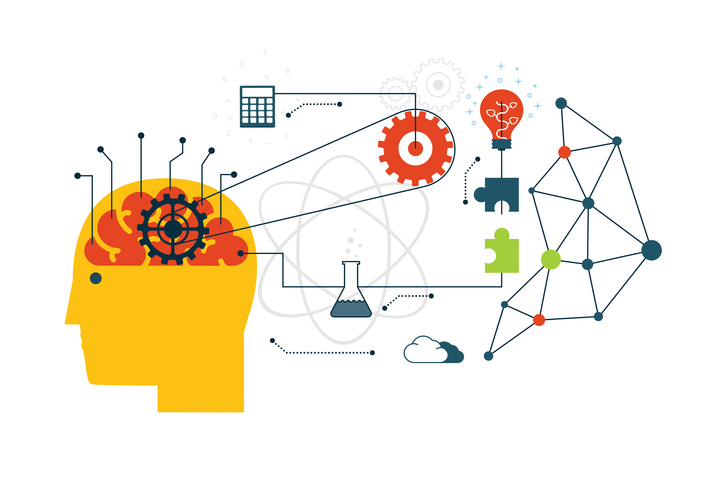 A new initiative that goes by the name,
A new initiative that goes by the name,